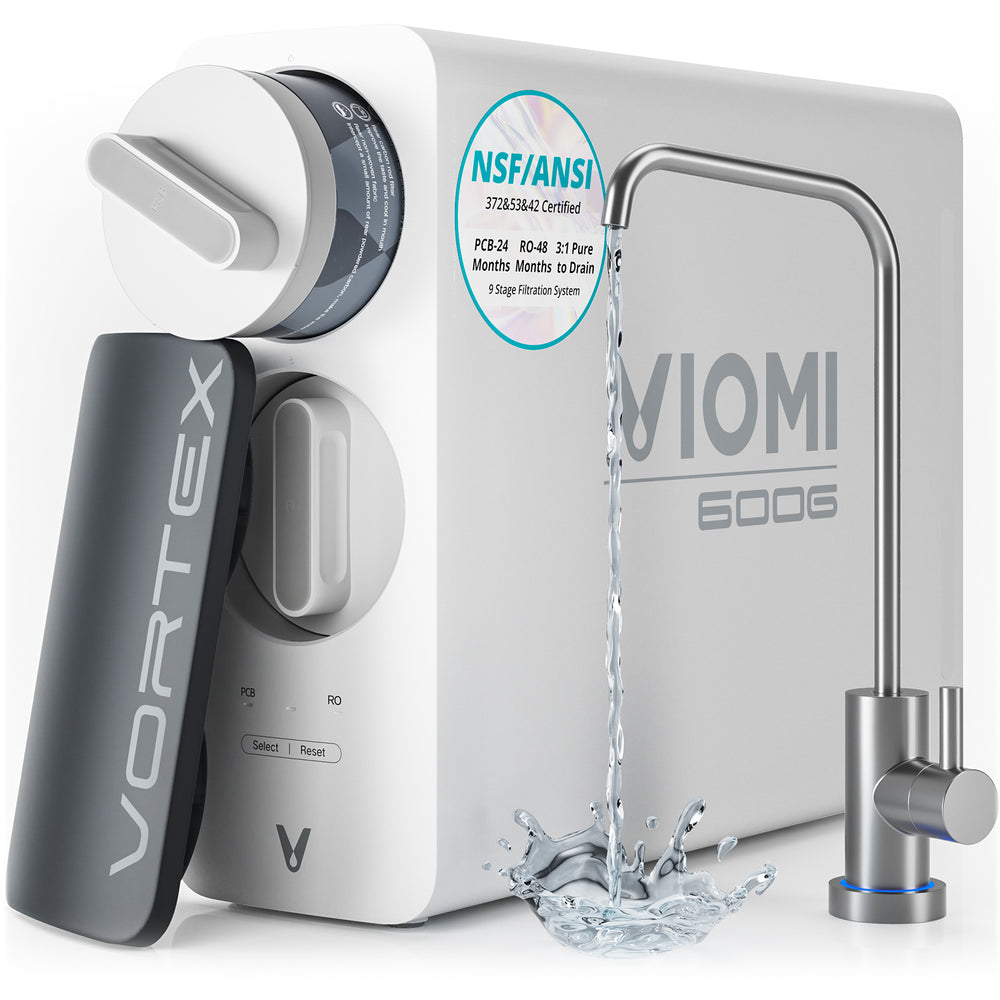Unlock the Secrets of Reverse Osmosis: Transform Your Water Experience!
In an age where the purity of our drinking water is increasingly under scrutiny, reverse osmosis systems have emerged as a beacon of hope for households and industries alike. With growing concerns about contaminants, pollutants, and the overall quality of water, the need for effective purification methods has never been more critical. Reverse osmosis (RO) technology, a process that filters water through a semi-permeable membrane, offers an efficient solution to these concerns. This article will delve into the intricacies of how reverse osmosis systems work, explore their numerous benefits, and highlight various applications in water filtration, paving the way for a cleaner and safer water experience.

Understanding Reverse Osmosis
To comprehend reverse osmosis, we must first understand the fundamental concept of osmosis. Osmosis is the natural process where solvent molecules move from an area of low solute concentration to an area of high solute concentration through a semi-permeable membrane. Reverse osmosis flips this principle on its head; it requires external pressure to force solvent molecules through the membrane, effectively filtering out impurities and contaminants. A typical reverse osmosis system consists of several key components: the pre-filter, which removes larger particles; the reverse osmosis membrane, which is the heart of the system; and the post-filter, which polishes the water before it is dispensed. The combination of these elements allows for the effective removal of a wide range of contaminants, including salts, bacteria, and heavy metals, ensuring that the water produced is clean and safe for consumption.
Benefits of Reverse Osmosis Systems
The advantages of utilizing reverse osmosis for water purification are numerous and compelling. One of the most significant benefits is the improved taste of water. Many individuals who have switched to RO systems report a noticeable difference in flavor, as the process removes chlorine, sediment, and other impurities that can alter taste. Additionally, reverse osmosis systems are exceptionally effective at removing a variety of contaminants, including lead, arsenic, and nitrates, which can pose serious health risks. Compared to traditional filtration methods, such as activated carbon filters, RO systems provide a higher level of purification, making them a preferred choice for those seeking safe drinking water. Moreover, the health benefits of drinking purified water cannot be overstated; individuals who consume cleaner water often experience improved hydration and overall wellness. A friend of mine recently made the switch to a reverse osmosis system, and she couldn't believe the difference in her family's health and energy levels.
Applications of Reverse Osmosis
The versatility of reverse osmosis systems is evident in their wide range of applications. In residential settings, these systems provide families with access to clean drinking water, free from harmful contaminants. Beyond homes, reverse osmosis is crucial in industrial applications, especially in manufacturing processes that require high-quality water. For instance, the food and beverage industry relies on RO water to ensure product safety and quality. Furthermore, reverse osmosis plays a vital role in aquaculture, providing a controlled environment for fish and other aquatic organisms. One of the most groundbreaking applications of RO technology is in desalination, where seawater is converted into freshwater. This process is particularly important in arid regions where freshwater resources are scarce, and it represents a significant advancement in addressing global water shortages. The impact of reverse osmosis on various sectors underscores its importance in modern water management.
Maintenance and Considerations
While reverse osmosis systems are highly effective, they do require regular maintenance to ensure optimal performance. Key maintenance tasks include replacing filters at recommended intervals and checking the system for leaks or wear. The frequency of filter replacement can vary based on usage and water quality, but it is generally advisable to replace pre-filters every six months and the RO membrane every two to three years. When selecting a reverse osmosis system, it is essential to consider factors such as water usage, the specific contaminants present, and the system's capacity. Evaluating these aspects will help you choose the right system tailored to your needs, ensuring that you experience the full benefits of reverse osmosis technology.
Summarizing the Value of Reverse Osmosis
In summary, reverse osmosis systems represent a powerful solution for those seeking clean and safe drinking water. By understanding how these systems work, their numerous benefits, and various applications, individuals can make informed decisions about their water purification needs. The growing emphasis on water quality and safety makes adopting a reverse osmosis system an essential consideration for households and industries alike. With the right system in place, you can transform your water experience, ensuring that every drop you consume is not only refreshing but also contributes to your overall health and well-being.








